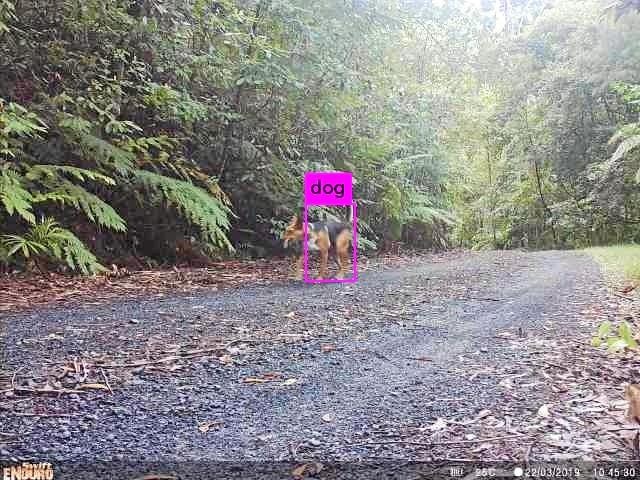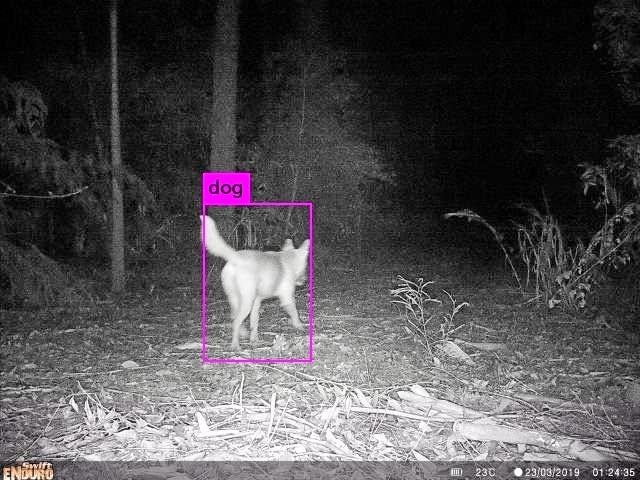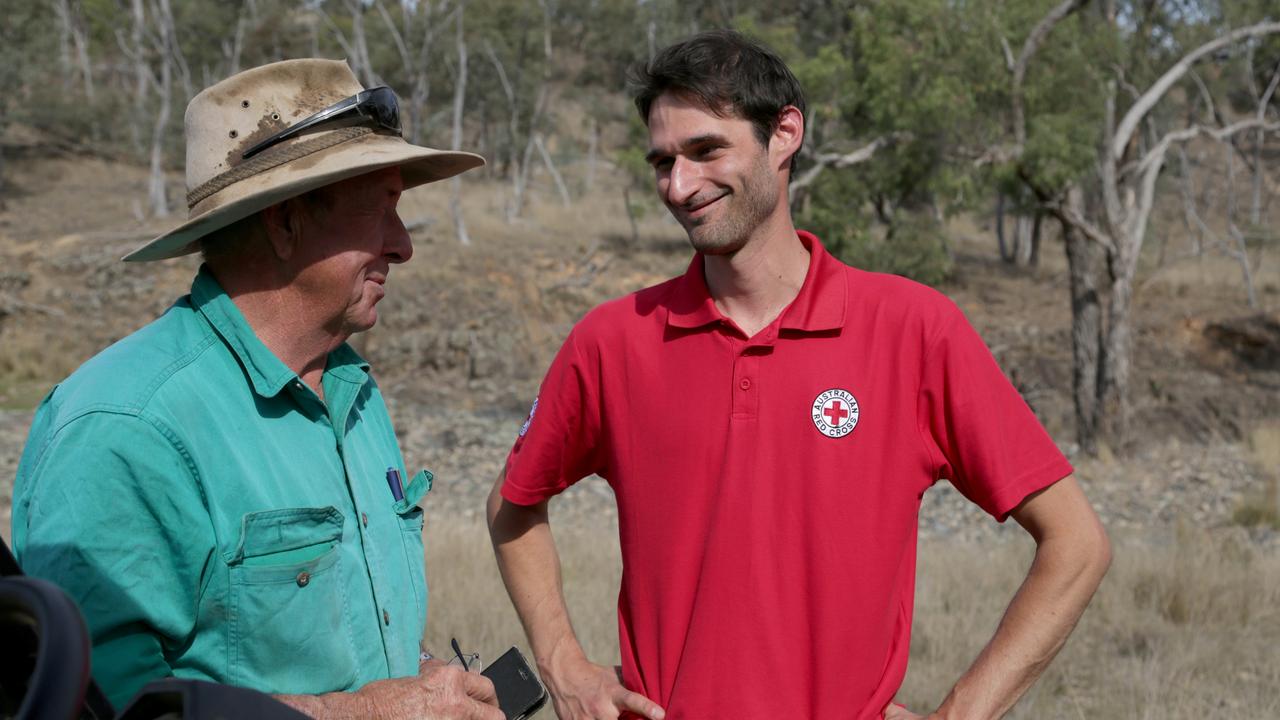Cutting-edge technology detects wild dogs
NEW technology to help livestock producers combat wild dogs was trialled this week.

NEW technology to help livestock producers combat wild dogs was trialled this week. Combining automated recognition of camera trap images with real-time messaging, the Wild Dog Alert system could have an ability to notify producers that wild dogs have invaded their farm before attacks occur, to enable producers to act early.
This will give farmers a first-strike capability in their fight against wild dogs, so they can be proactive and put in place immediate and targeted management strategies to avoid stock losses.
On the first night of testing, the Wild Dog Alert SMS 4G camera trap system identified and alerted researchers to potential predators.
The digital system has brought innovation to the forefront using an off-the-shelf camera trap to take a photograph and send the image to a cloud-based portal, which uses a complex algorithm to identify wild dogs.
Dr Paul Meek from the NSW Department of Primary Industries, who is leading the project, said this result had been years in the making.
“While it is early days and more testing needs to be done, we are very excited to have proven the system can work,” he said.
“We are now working to iron out any potential bugs and refine the system as we go.”

This project aims to:
— Develop a species and individual recognition system based on camera trap imagery.
— Test and refine a telecommunication system suitable for remote transmission of image data and early alert messaging.
— Construct a stand-alone device that will be tested at remote sites, with the capability to detect the presence of wild dogs, recognise them to species and individual level, and initiate transmission of an alert using computer assisted technologies.
— Evaluate efficacy of the device by comparing the occurrence and movements of radio tagged wild dogs in relation to the detection footprint of the device.
— Focus on the development of a marketable wild dog alert product.
— The research need is to develop, integrate and field test the components of an early alert system. Extensive stakeholder consultation has identified an early warning system for wild dogs as the priority required to prevent predation on sheep in rangeland and tablelands environments.
The Wild Dog Alert project started in 2016 and is led by researchers at the University of New England and NSW DPI.
The development team at UNE, led by Dr Greg Falzon, has produced three versions of the system — one using an automated wild dog alert system, one using a buckeye camera trap system, and this one using the SMS 4G camera trap.

Centre for Invasive Species Solutions CEO, Andreas Glanznig, said this innovation had the potential to give land managers an important early warning system.
“The system could enable livestock producers to react promptly to a wild dog sighting and undertake real-time management,” he said.
“Just as importantly, it could also inform larger management programs to enable optimal placement of baits or traps. We look forward to seeing this technology progress and develop.”
Dr Meek said the team was already thinking about next steps.
“We are considering the technology’s potential with other species such as foxes or feral cats, for example removing the remaining feral cats on Kangaroo Island could be enhanced by adoption of this type of technology.
“We are also trialling another camera trap system that uses VHF communication and one using the Iridium Satellite system to achieve the same outcome in areas where telecommunication may not be available,” Dr Meek said.
More information about the project can be found at www.invasives.com.au by searching Wild Dog Alert.


